
What You Should Know, Wines to Consider
Sip, sip, hooray. The market for fine wine as an investment option has soared in the last decade, with prices rising an astonishing 149 percent over that span, according to the Knight Frank Luxury Investment Index, which monitors the annual returns on collectibles (like cars, wine, and jewelry).
“Rare wine is one of the two most popular alternative investments, along with art, in top American households,” shares Dave Parker, founder and CEO of Benchmark Wine Group, a leading source of fine and rare wines worldwide. “The reasons are clear. It has stood the test of time, appreciating well over the years, doing so in cycles that are often independent of other markets, providing good diversification of an investment portfolio. Being an avid wine collector gave me perspective into the various collectible wines of the world, the available sources, and the changing landscape of the hobby as it steadily grew into a true investable category,” Parker explains.
What Investors Should Know
“For investments, I stick to three rules: provenance, original packaging and storage,” says Michael Kennedy, sommelier, winemaker and founder of Fraîche Wine Group. Ideally, investors should buy directly from the domaine, shipped by air and temperature-controlled, in the”original wooden case” (OWC), and stored in a temperature-controlled cellar. “If you keep these three rules intact, it greatly increases the value and salability of your wines,” he expands.
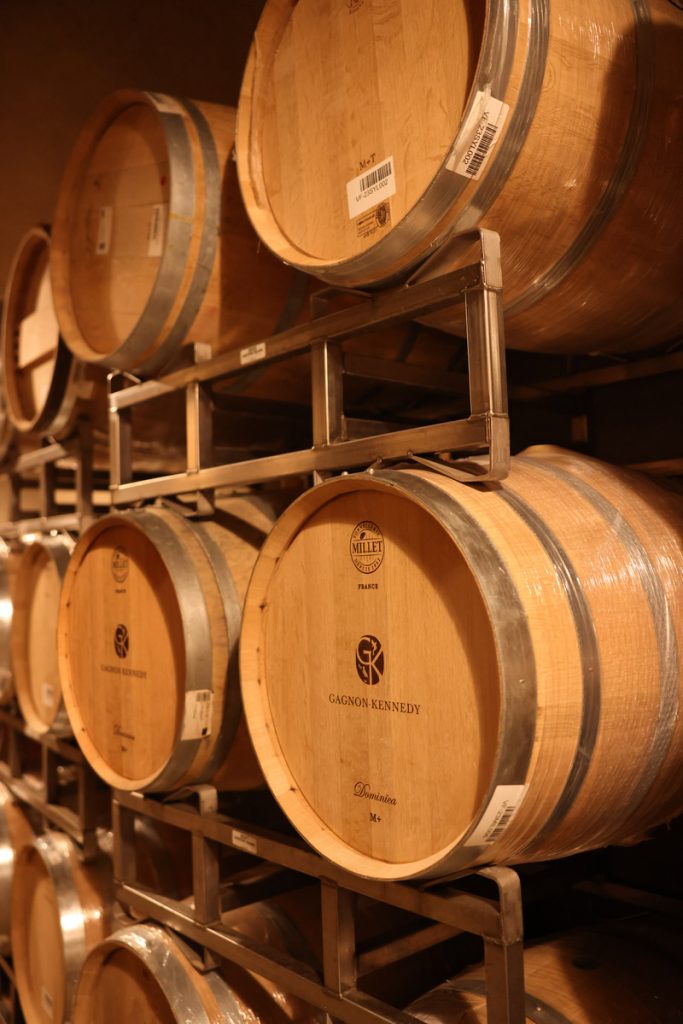
Parker says, “First and foremost, they need to understand what wines they like and what collectible wines fall into that category.” The best way to determine what wines can be deemed collectible is to refer to a secondary valuation reporting site like the Wine Market Journal. This action allows for a quick overview of wines traded at auction and at rare wine retailers, plus details about how their value has changed over time. “Collectors also need to know where to source pristine, collection-worthy products at efficient prices and where they will store what they buy,” he concludes.
The Best Regions for Fine Wine Investments
According to Kennedy, the most collectible wines tend to come primarily from Burgundy, Bordeaux, Champagne and Napa Valley. “Of course, some great wines from Rhône, Loire, Germany, Italy, etc., could be included in any great collection, but those four regions are the most widely collected and highly valued,” the wine expert says. Straying from these four regions creates more risk in the consistency of value and trends. “Within the classic four, staying with the top producers provides more security.”
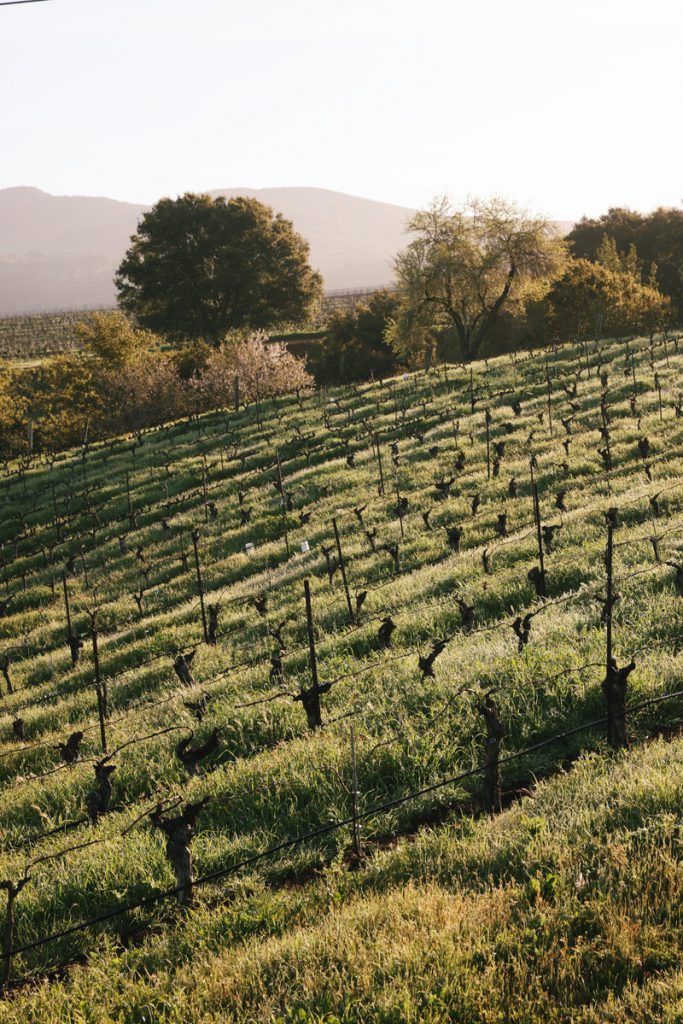
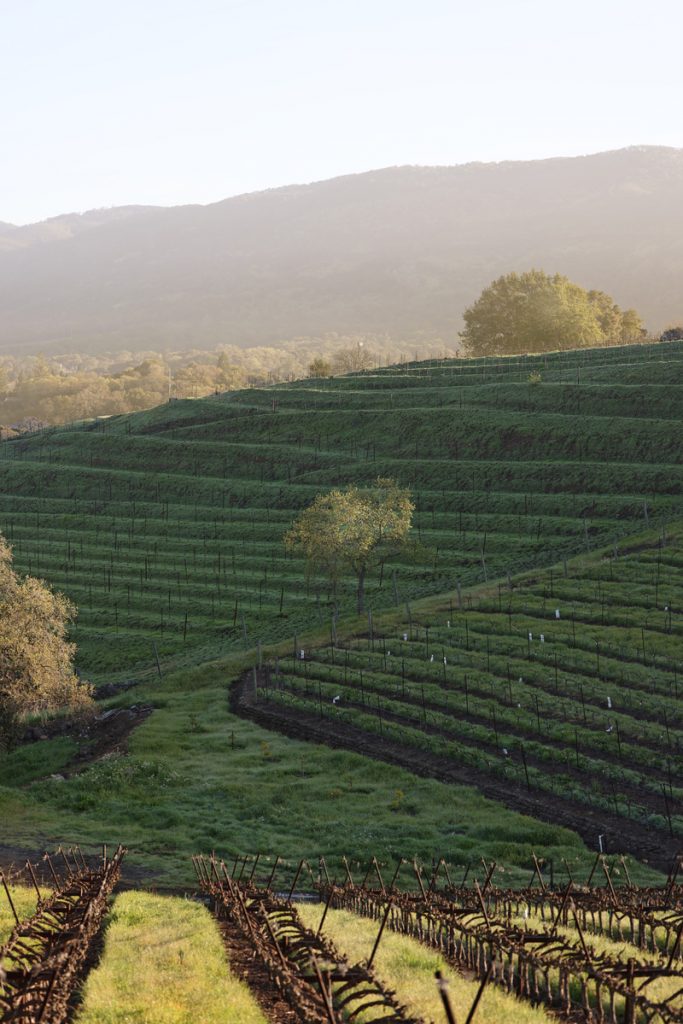
Parker expands, “While top Bordeaux had long been the most invested-in wine, more recently, top Burgundies, Champagnes, and California wines have joined and have, in many cases, appreciated more.” He suggests starting within your own personal price range. “If you’re uncomfortable paying more than, say, $100 per bottle, start there. There are good collectible wines from regions such as the Rhone, Tuscany, Piedmont, Priorat, Ribera, Rioja and Washington State that have joined the collectible cadre in roughly that price range, and a great many have appreciated substantially,” explains Parker. Exploring your preferences is another great starting point. For example, if you enjoy sweeter wines, Sauternes and ports are a couple of classic collectible choices. “They keep well, and they are very affordable for the amount of bottle age you can get,” he says. “That way, even if a wine you select doesn’t appreciate in value, if you buy what you know and like, you can always drink and enjoy it.”
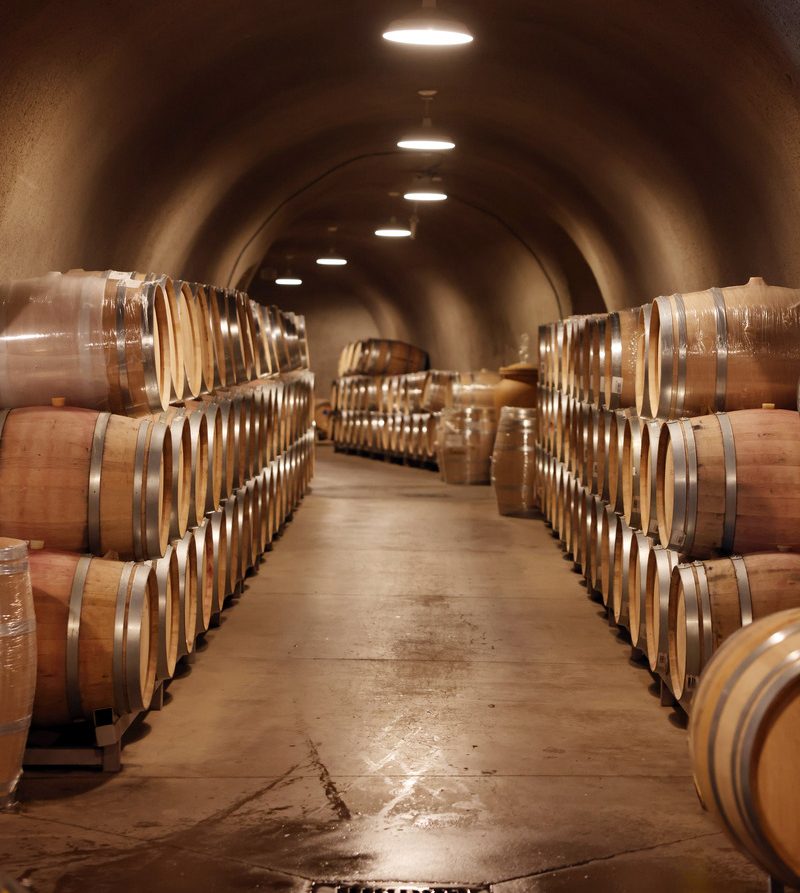
Where to Source Fine Wines
Beyond specific regions, it’s helpful to know where to find wines as an investment tool. It’s critical to buy from a trusted source. Kennedy shares, “Experience and reputation are key—finding people you trust is everything.” Though many places sell the world’s top wines, only a few are entirely without blemish. With the rise in counterfeited wines, gray market wines and poor storage, it’s something to be aware of. “Some of my favorites are Hart Davis Hart in Chicago for auctions and local retailers that bring in the wines directly from the domaines. In Napa Valley, purchasing directly from the estate is the absolute best practice,” he says.
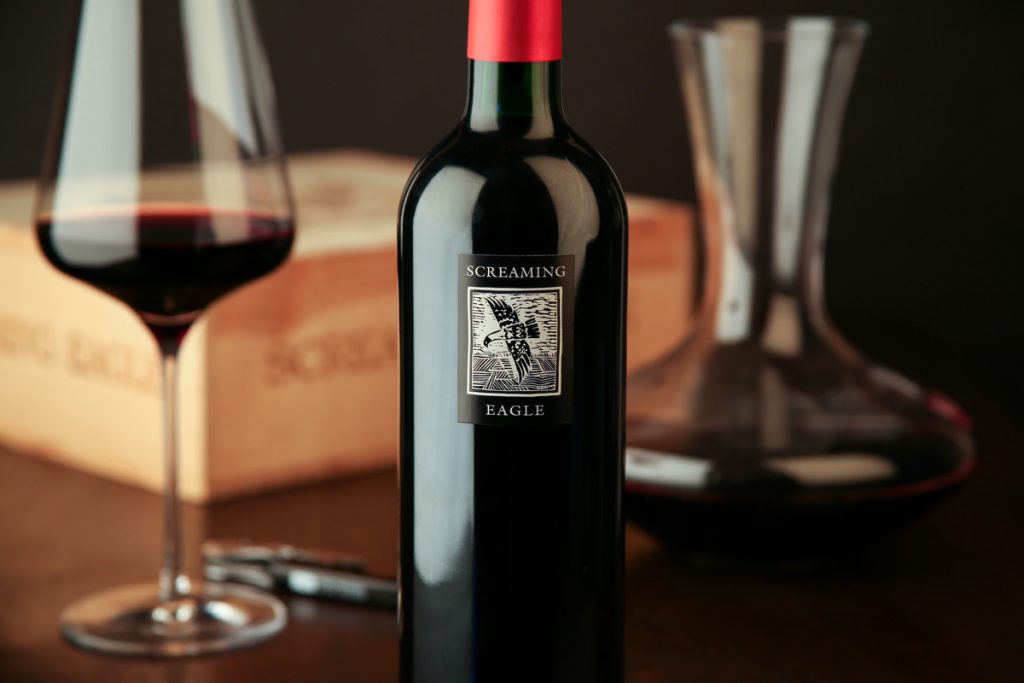
Over Benchmark’s twenty-plus years in this industry, they’ve developed a method to ensure the highest quality product. Parker explains, “We look closely at the product sources. If the source bought the product directly on release, has stored it fastidiously and has retained the original purchase records, they get strong consideration.” This is known as checking for provenance or authenticating the wine based on the record of ownership. Then, every bottle is hand-inspected. To be considered “investment grade,” the wine must be in pristine condition and come in the original case.
Buying for Special Occasions and Gifts
“Those just getting started with collecting should add high-quality wines for special occasions and gifts that won’t break the bank but will still be suitable for these events,” Parker says. To that end, most people work toward building a balanced cellar with a few Bordeaux, upper-end Napa Cabernets, whites, Champagnes and Pinot Noir-based wines, as well as a few Italians and a smattering of unusual wines. “Moderately priced, always-good Bordeaux include Gloria and Lynch Bages. Good Cabernets in this range include Stag’s Leap Wine Cellars, Ridge Vineyards, and Caymus,” he adds. Some excellent, readily available but not-too-expensive whites include Stony Hill Chardonnay, Cloudy Bay Sauvignon Blanc, and Louis Latour Pouilly-Fuisse. Plus, Parker looks to Non-Vintage Brut and Rose Champagnes from respected producers like Louis Roederer and Taittinger for affordable Champagne. “You can trust Rochioli Vineyards from Sonoma and Domaine Drouhin to show what the new world can do with Pinot Noir,” Parker expands. “I like to pour Joseph Drouhin Cotes de Nuit Village alongside to compare and contrast. From Italy, I like to have some mid-priced Barbaresco and Tuscans on hand from Produtorri del Barbaresco,” he says.
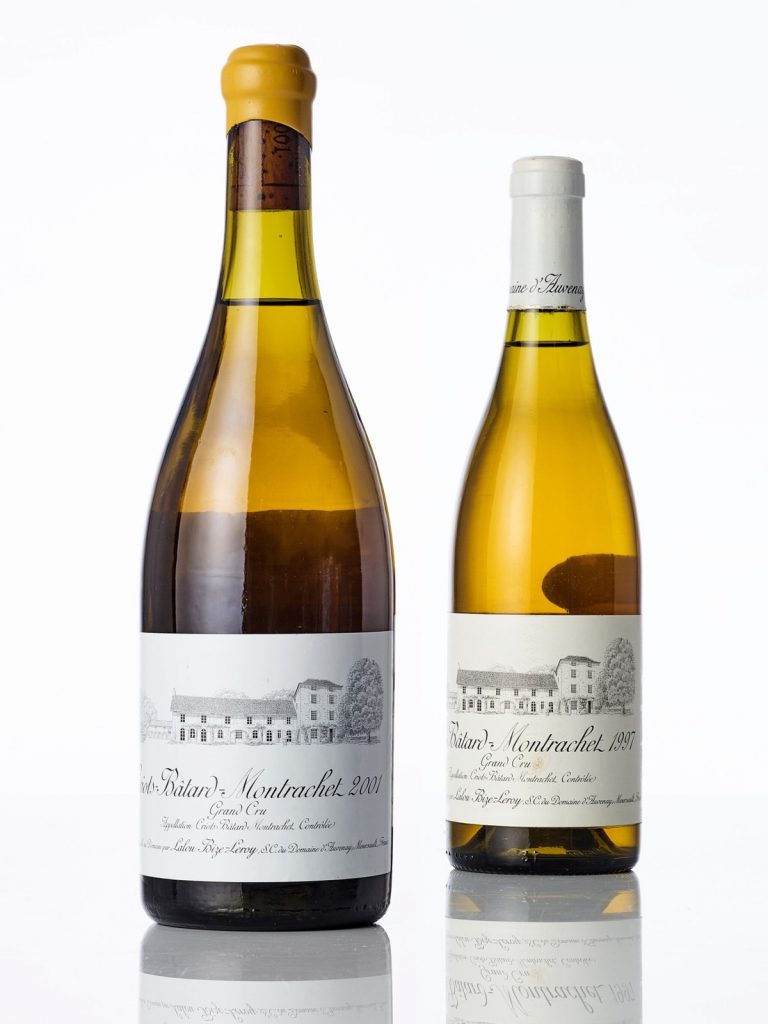
Wines for Serious Collectors
“For the serious collector looking to age wine for long periods and have impressive bottles for very special events with top collectors, and perhaps as investments, you can take that same breadth rule and select from the top of the market,” explains Parker, “[like] having some first and second-growth Bordeaux.” In this vein, according to Parker, Château Margaux, Haut Brion, Leoville Las Cases, and Palmer are all great choices, and Lafite Rothschild is the most widely known. Next, look for Grand Cru and Premier Cru Burgundy, like Louis Latour and Domaine Leflaive, some well-respected, non-bank-breaking choices. On the other hand, Ramonet, Roumier, Lafon, and Dujac turn heads if you’re looking to splash out.
“Upper-end Champagnes that are both respectable and non-bank breaking include Delamotte (the second Champagne of Salon) and Philipponnat (my favorite being the Clos des Goisses),” expands Parker. He also suggests having a few rosé Champagnes in your cellar, too. “They make especially impressive gifts and special occasion wines and are the universal food-friendly wine,” he says. A great pick from this category is Cristal Rosé.
On the Italian side, top-end choices should include Super Tuscans like Tignanello, Ornellaia, Solaia, Sassicaia, and Massetto, according to Parker. “In Piedmont, it’s Giacosa, Conterno and Gaja.” There’s more to love from Italy, too, like must-have Brunellos Soldera and Biondi Santi and Chiantis such as Le Pergole Torte and Fontodi.
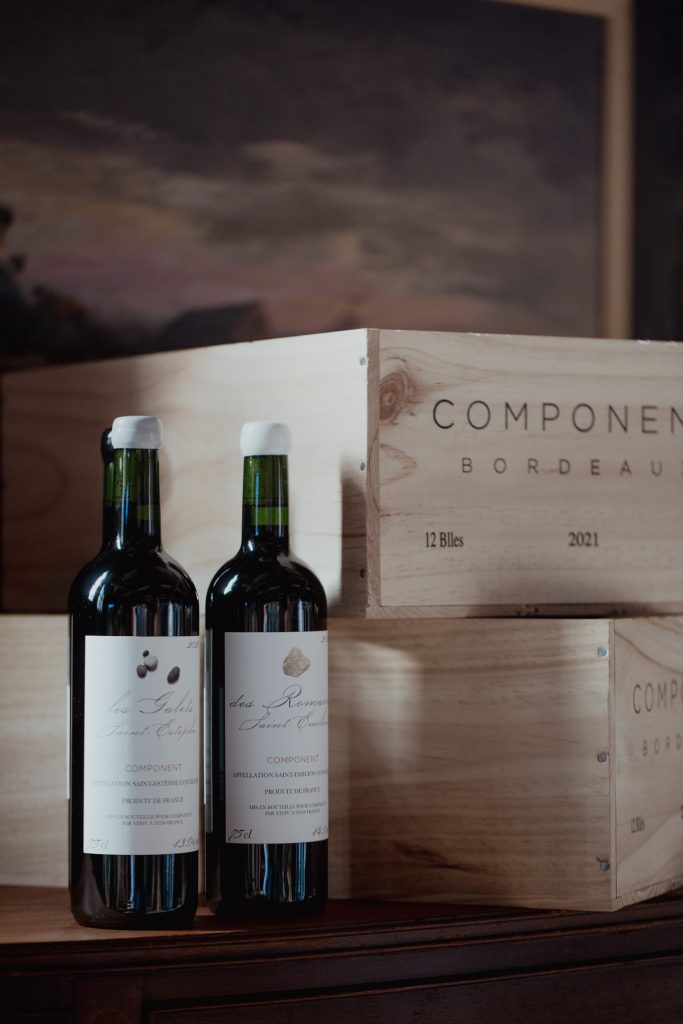
“Add in Chave from the Rhone, Alvaro Palacios & Vega Sicilia from Spain, and Penfolds Grange from Australia and you have a good start on a world-class cellar,” Parker says. Finally, find a few half bottles of d’Yquem and some well-aged vintage ports from Taylor Fladgate and Fonseca to “wow” people who don’t think they like dessert wine,” Parker adds.
Additionally, Kennedy has a couple of rare picks to suggest for building a stellar cellar. First, the 1990 Domaine Jean-Louis Chave Cuvée Cathelin. “This is one of the great rare wines of the world, from my favorite producer in the Rhône. . .perhaps Syrah at its finest,” he says. Another favorite is Domaine d’Auvenay Criots Bâtard Montrachet, “in the argument for greatest Chardonnay on Earth,” Kennedy explains. “A wine I will certainly never buy, but if someone opened it for me, I’d be thrilled, as [it’s] impossible to acquire for less than tens of thousands,” he adds.
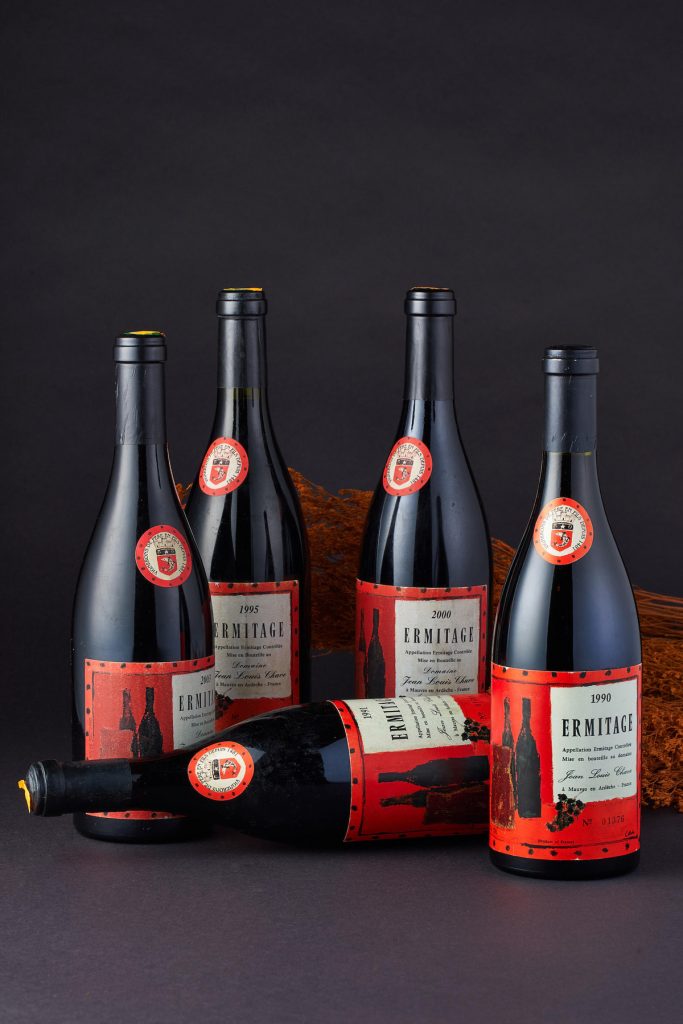
Experts’ Personal Favorites
Still not sure where to start? We asked Kennedy and Parker for their personal favorite bottles from their own private collections. “I’m crazy about 00 Wines from Oregon, some interesting older vintages of Rioja such as Tondonia, Priorat like Clos Mogador and Barolo from Prunotto and Borgogno,” Parker shares. “I dream about the next opportunity to drink DRC La Tache and Guigal La Turque,” he adds. For Kennedy, his choices stick closer to home. “The 2014 Component Cabernet Franc Napa Valley—the first bottle of wine we ever made. It is my most dear possession by far,” he says. Another pick is Domaine Armand Rousseau Clos du Château 2016 in Magnum, “one of my favorite expressions of Pinot Noir from a winery that I rarely have the opportunity to enjoy,” he adds.
Proper Storage and Handling
Once you find and procure investment wine, whether directly from the winery or through a reputable third-party site like Benchmark, it’s vital to store it properly to help ensure it retains and increases in value. It’s also essential to work with a trustworthy or vetted seller so you know they are storing it correctly. “Storage is paramount, so having these wines at a wine-specific storage facility provides a great deal of security and confidence in the sale,” Kennedy adds.
Another critical issue is handling. Parker explains that “transportation needs to be thought through to avoid hot conditions, and storage needs to be under ideal conditions: cool, roughly 55 degrees Fahrenheit, humidity that is neither too high nor too low, and quiet, dark, conditions.” Additionally, he says to avoid the type of metal racks that can damage wine bottle labels.
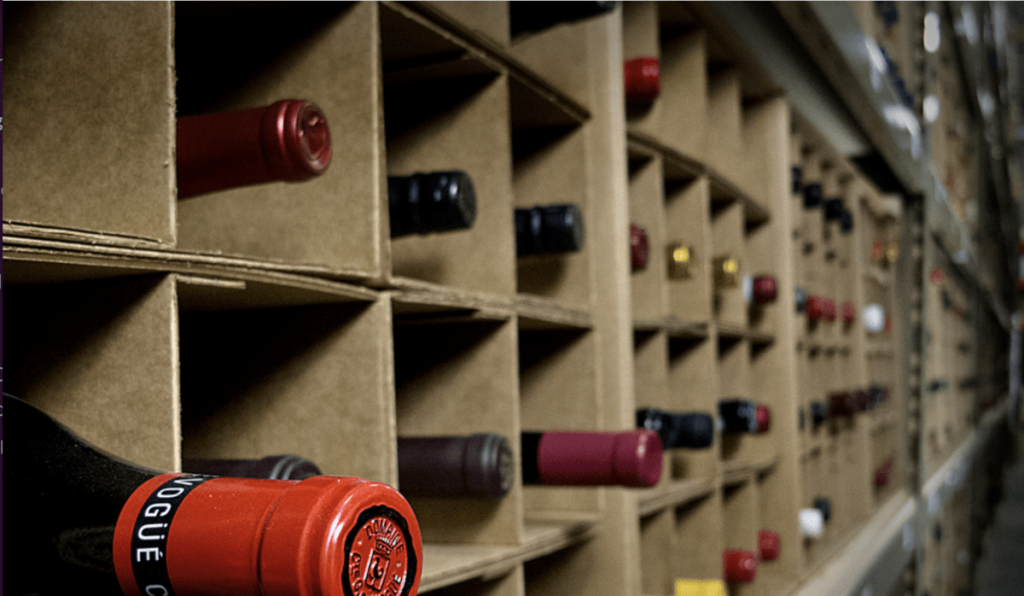
Timing of Wine Investing
Wine as an investment isn’t generally a quick turnaround option. “There is no great answer to this, as so much depends on preference, but from an investment standpoint, I recommend a 4-10 year hold,” Kennedy says. Parker concurs, adding, “You should have an investment window of at least seven years to recoup the costs of buying, selling and storing.” But overall, “Investment-grade wine truly is a great liquid asset,” sums up Parker. Cheers, indeed.
Still thirsty for more content? Check out our other articles here.

